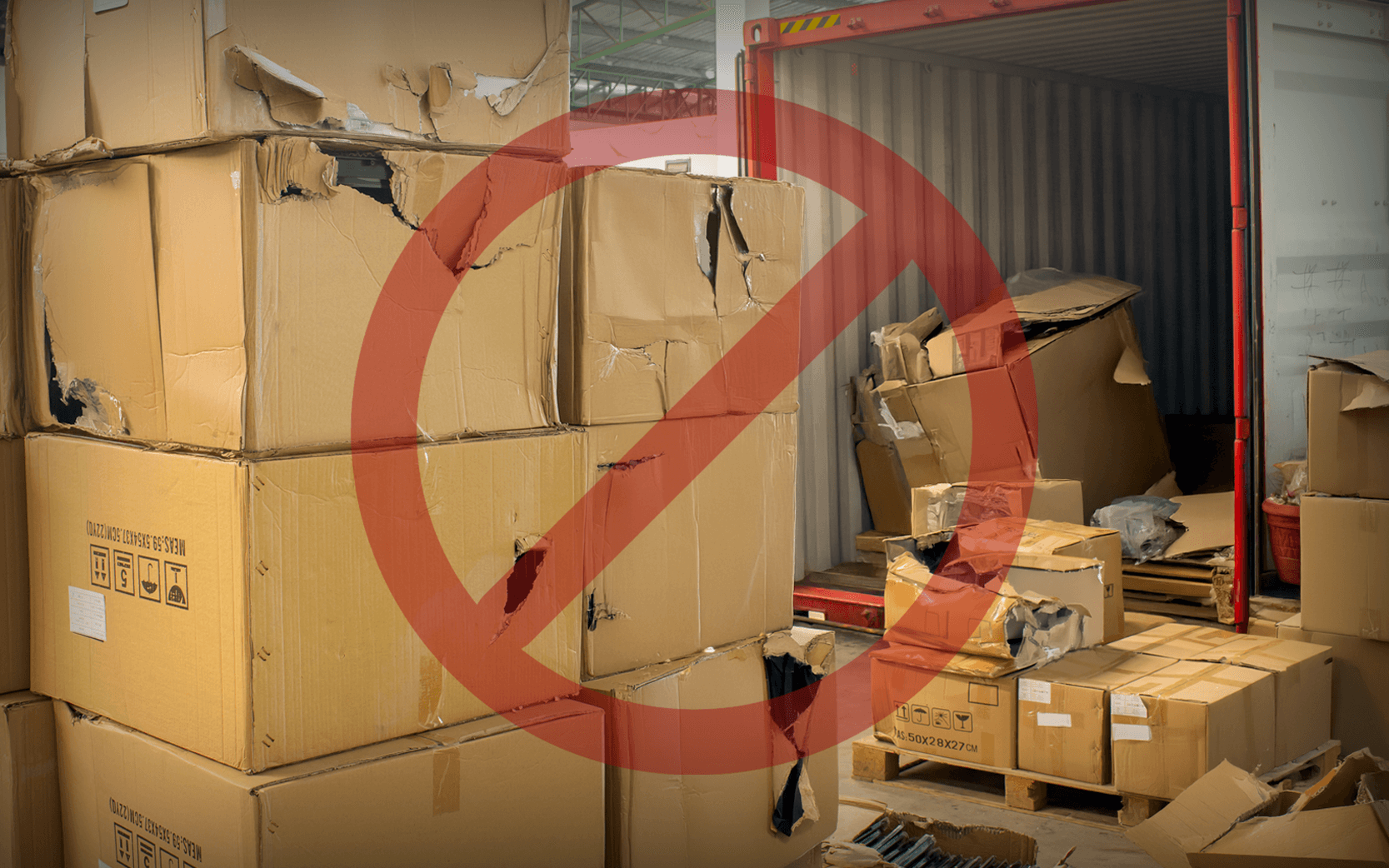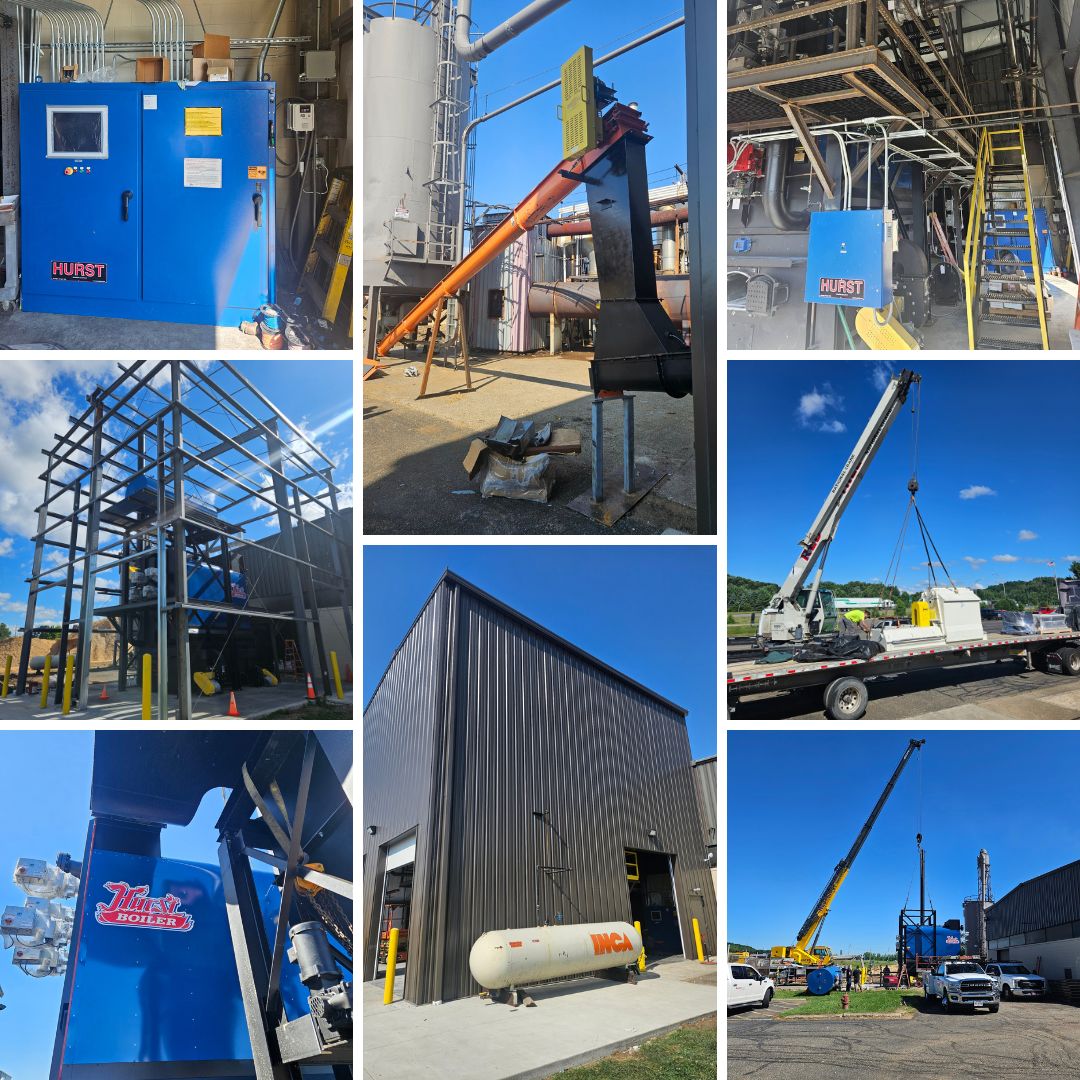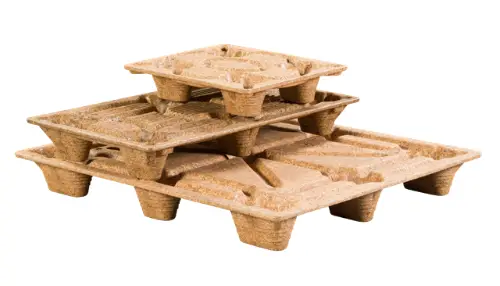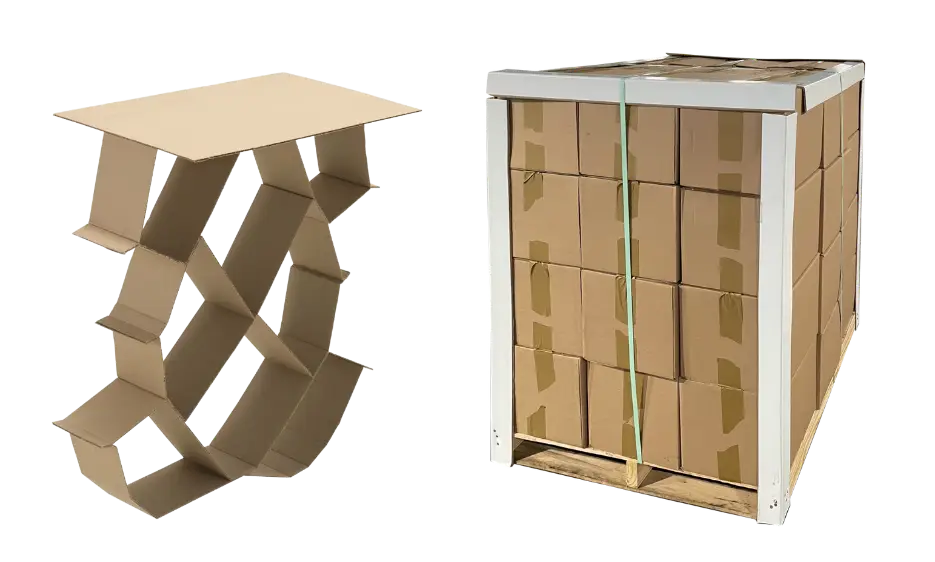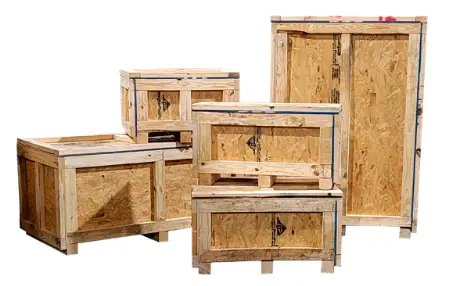Pallet Enterprise’s archived article titled “Balance Your Pallet Design” explains how optimal pallet performance is achieved by striking a balance between five interacting design considerations: strength, stiffness, durability, functionality, and cost. By focusing on the interaction between these variables and taking the time to consider specific product and distribution environments, logistics professionals and suppliers have the best chance of specifying the proper pallet for a given application. What follows is a brief summary of each consideration.
Strength is defined as the dynamic load capacity of a pallet as it makes its way through various shipping and storage environments. Insufficient pallet strength may contribute to product damage, or in worst case scenarios, catastrophic failure may compromise employee safety. Strength is tested utilizing standardized pallet test methods (e.g., ASTM D1185, ISO 8611) and computer programs such as the National and Wooden Pallet Association’s, Pallet Design System (PDS) created at Virginia Tech.
Stiffness, or a pallet’s resistance to deformation under load, is perhaps the most commonly overlooked considerations during pallet specification and design. Most pallets don’t break due to overloading; they simply fail to offer sufficient rigidity, which in turn leads to product damage. By way of example, converting from 5/8” to ¾” decking on a 48” x 40” GMA pallet will increase deck stiffness by 100% and strength by 40%. As is the case with strength, stiffness can be determined using standardized pallet tests or PDS.
Durability or the ability to stand up to specific shipping and handling environments is another key parameter that must be considered during pallet specification and design. One way pallets are designed to have relatively short service lives while pallets used in closed loop systems might have an anticipated service life of ten years. Skimping on materials to achieve a preferred price point will compromise durability; conversely, an over-built pallet may indeed meet its projected service life but this performance comes at a premium. Durability is assessed using standardized tests or through use of PDS.
Functionality considerations include opening heights between the top and bottom decks, deckboard spacing, weight, and deck friction levels, just to name a few. For general purpose applications, ASME MH1 Part 2 (domestic) or ISO 6780 (international) address many of the common pallet functionality requirements.
Although cost is indeed an important design consideration, it is important to make distinctions between initial acquisition costs versus the true costs associated with a pallet during its useful service life. As an example, on a typical 48” x 40” GMA pallet, fasteners represent less than 5% of the pallet price ($0.48 of the $9.50 purchase price). A 2% ($0.19) increase in cost for better nails or fasteners doubles the durability of the pallet. Determining the true costs associated with product damage from exposed nail heads or conveyor jams from loose deckboards may seem daunting, so many logistics professionals mistakenly focus exclusively on initial acquisition cost. Reusable pallets are more expensive than one-way pallets, but with a good recovery program in place, your true cost per trip may actually be lower; in some cases significantly lower.
For optimum performance, remember to seek a balanced pallet design. By considering the interaction of parameters such as strength, stiffness, durability, functionality, and cost, you are much more likely to arrive at a pallet design that is best suited for your specific application. Many purchasing and logistics professionals lack access to PDS and/or appropriate standardized testing data needed to make a thorough assessment of available pallet solutions, but by partnering with a pallet company armed with the tools and expertise needed to make appropriate recommendations, a balanced pallet is simply a phone call away.
At Litco we believe in performance based pallets and packaging for optimum value and sustainability. We have utilized Virginia Tech for testing our presswood pallets, blocks and core plugs. We are a Silver level member of their Center for Packaging and Unit Load Design and are proud to have representation on the advisory board. Litco’s presswood products are certified sustainable and engineered for strength and stiffness in order to enhance all types of packaging. We also recognize that while presswood is suitable for a wide range of applications, it is not a universal best fit for all customers. To this end, we also offer a full range of plastic, heat treated, and corrugated pallets. For assistance with selecting a pallet to match your performance and price requirements, contact an export & domestic pallet solution expert at Litco International, Inc. for more information.

